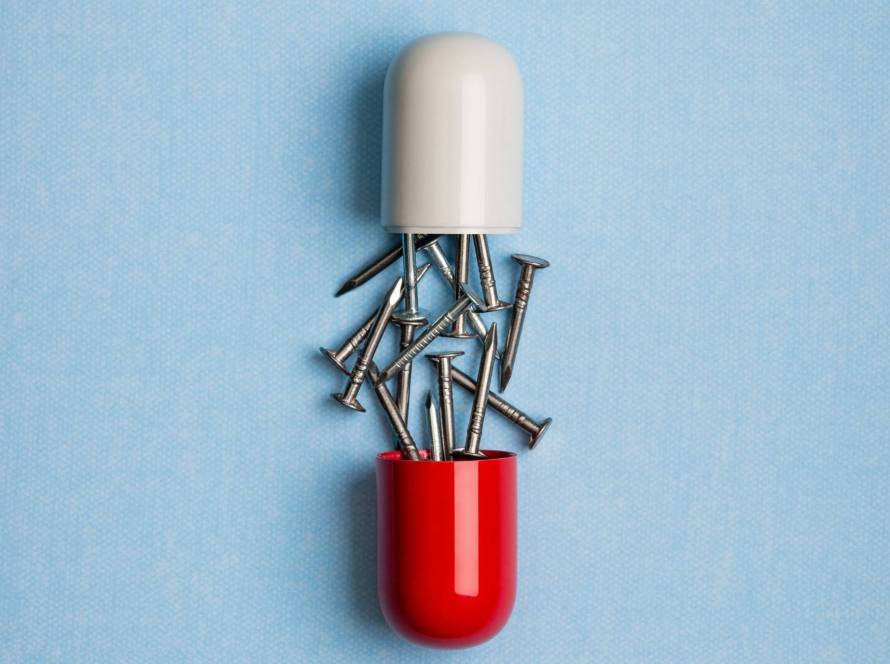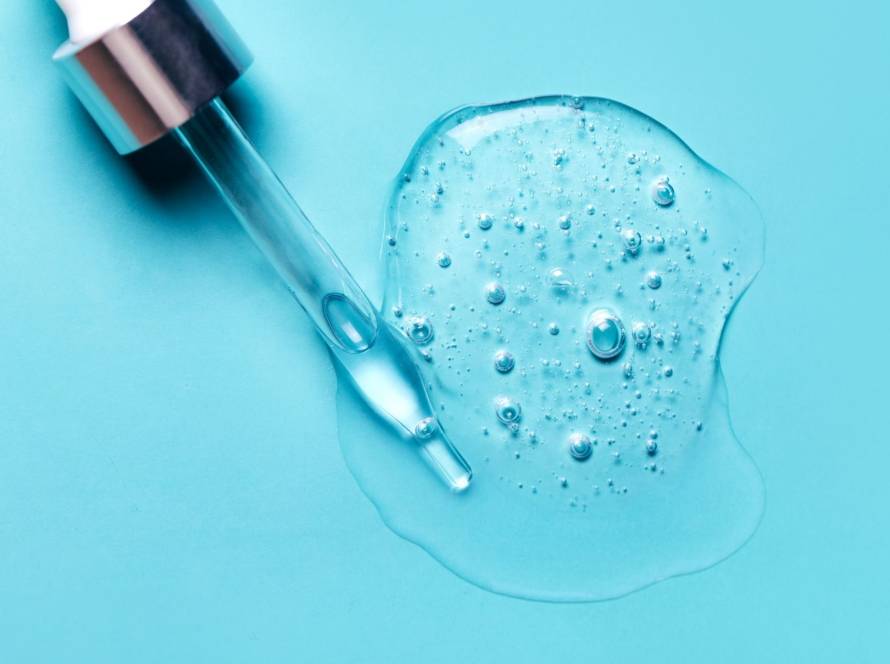Taking curcumin supplements the right way can make a huge difference to their effectiveness. Research shows our bodies don’t absorb standard curcumin well, but specific formulations can increase absorption by up to 46-fold compared to unformulated curcumin. This explains why people often miss out on their supplement’s full benefits.
The science behind how to take curcumin supplement for best absorption reveals practical ways to get the most from this powerful compound. Evidence-based approaches, from specialized formulations to simple food combinations, can help make this valuable supplement part of a longevity-focused lifestyle.
What’s the best way to take curcumin so our body can absorb it properly?
To get the most out of a curcumin supplement, it’s important to take it in a way that boosts absorption. Curcumin is naturally hard for the body to absorb, but taking it with black pepper extract (piperine) can increase its absorption dramatically. It’s also fat-soluble, so we should take it with a meal that includes healthy fats like olive oil, nuts or avocado.
Some curcumin supplements come in special forms, like liposomal, phytosome or nanoparticle versions, that are designed to absorb more easily. For best results, follow the recommended dose, take it with food and choose a high-quality formula with enhanced bioavailability.
Why curcumin absorption is a challenge
Curcumin shows amazing healing potential, but the human body doesn’t absorb it well. This creates a big problem that explains why regular supplements don’t work as expected.
Low water solubility and faster metabolism
The biggest obstacle to absorbing curcumin is that it barely dissolves in water, less than 8 μg/mL in water, according to studies. Since it repels water, curcumin can’t dissolve properly in our digestive system, which limits how much our intestines can absorb. Our body also processes it quickly, with a half-life of less than 2 hours. This gives us very little time to benefit from the small amount that gets absorbed.
Research shows this clearly. Scientists found almost no curcumin in blood plasma when they gave rats 1 g/kg orally. People face the same issue, taking 3.6 g of curcumin only resulted in blood levels of 11.1 nmol/L after one hour. The compound also breaks down easily, especially in alkaline conditions, which makes it even less effective.
Phase I and II metabolism reduces active compound
After curcumin enters our bloodstream, our body quickly changes it through complex metabolic processes. During Phase I metabolism, our intestinal and liver cells reduce curcumin into different forms: dihydrocurcumin, tetrahydrocurcumin, hexahydrocurcumin and octahydrocurcumin.
Phase II metabolism happens next in our intestinal and liver cytosol. Here, both curcumin and its Phase I metabolites combine with glucuronic acid and sulfate. Specific enzymes help with these changes, SULT1A1 and SULT1A3 handle sulfation, while UGTs drive glucuronidation in intestinal and hepatic microsomes. These changes greatly reduce the amount of free, active curcumin that can help our body.
Most curcumin leaves our body unused
Our body eliminates most of the curcumin we take without using it. Rat studies show that after taking 1 g/kg orally, about 75% came out in their feces, with tiny amounts in urine. Human studies show similar results, after people took 440-2200 mg curcuma extract daily for 29 days, researchers found curcumin only in feces, not in blood or urine.
The body removes curcumin quickly, even when it does get absorbed. Most comes out in feces within 24 hours, then gradually decreases. While curcumin can cross into our brain because it dissolves in fat, most of it leaves our body unchanged before providing any real benefits.
These biological barriers explain why regular curcumin supplements often disappoint, despite showing great promise in lab tests.
Formulation strategies that improve bioavailability
Scientists have created innovative strategies to solve curcumin’s poor bioavailability. These new supplements can be absorbed many times better than standard curcumin.
Phytosome technology
Phytosome technology marks a breakthrough in curcumin delivery by binding curcumin molecules to phospholipids, the same compounds that make up cell membranes. This formulation works through a physical rather than pharmacological mechanism and prevents curcumin self-aggregation. Curcumin phytosome showed better biotransformation by gut microbiota compared to unformulated curcumin, which could boost its clinical effectiveness.
Nanoparticle and micellar curcumin
Nanoparticle formulations make curcumin particles smaller to improve dissolution and cellular uptake. Nanoemulsion curcumin (NEC) achieved a remarkable 10-fold increase in absorption area under the curve (AUC) and more than 40-fold increase in maximum concentration compared to regular curcumin, according to studies. On top of that, “theracurmin,” a colloidal nanoparticle formulation, showed AUC values 40-fold higher than curcumin powder in rats.
Micellar curcumin offers another powerful solution. Human studies revealed 410 mg micellar curcumin (=500 mg curcuminoids) mixed with 50 g syrup boosted curcumin bioavailability by 185-fold compared to native curcumin. Research found that micellar curcumin reached maximum concentration 39-fold higher than native curcumin and absorbed faster (0.73 hours versus 4.1 hours).
Hydrophilic carriers with antioxidants (e.g., CHC)
CHC formulations combine curcumin with compounds like polyvinylpyrrolidone and antioxidants such as tocopherol and ascorbyl palmitate. Studies show this method boosts curcuminoid levels in blood, 45.9-fold higher than standard curcumin. CHC shows promise as an adjunct therapy for conditions like diabetic macular edema.
Liposomal and solid lipid particles
Liposomal formulations wrap curcumin in phospholipid bilayer vesicles ranging from 25-1000 nm in diameter. These structures carry both hydrophilic and hydrophobic compounds to improve stability and targeting properties. Research confirms liposomal curcumin absorbs faster and offers better bioavailability. One study found liposome-encapsulated curcumin produced higher maximum concentration and reached peak levels quicker.
Solid lipid nanoparticles (SLNs) provide another promising delivery system with better solubility and tissue targeting. These particles work better against cancer cells compared to pure curcumin. Studies show that curcumin-loaded SLNs stopped cell growth more effectively than free curcumin.
How food and timing affect curcumin absorption
Regular foods and timing can boost how well our body absorbs curcumin by a lot. We don’t need special formulations to get the most from standard supplements. The right dietary approach makes all the difference.
Curcumin is fat soluble: take with healthy fats
Turmeric’s active ingredients need fat to work properly, which makes dietary fat a vital part of optimal absorption. Our body can’t use most curcumin without enough fat in our system.
Studies show fatty foods help our body absorb more curcumin into our bloodstream. Here are some great fat sources:
- Fatty fish rich in omega-3s;
- Full-fat dairy products;
- Olive or coconut oil;
- Avocados and nuts.
Golden milk serves as a practical example. This traditional drink uses high-fat coconut milk that helps our body absorb curcumin better.
Black pepper (piperine) enhances absorption
Black pepper contains piperine and this compound helps our body absorb curcumin better by an amazing 2,000%. Piperine works its magic by stopping our liver from breaking down curcumin too quickly.
Research backs these benefits up. A study showed that turmeric combined with piperine worked better than turmeric alone to reduce inflammation in hemodialysis patients. People who took turmeric with piperine at breakfast had lower blood sugar levels and felt fuller longer.
Food matrices like dairy and probiotics improve uptake
Certain foods create cooperative effects with curcumin. Milk proteins bond with curcumin molecules to boost absorption and provide structural benefits. Research found that oat milk increased curcumin absorption by 76% and a probiotic drink made it 35% more effective.
Fermented dairy products are a great way to deliver curcumin. Milk proteins and probiotic bacteria team up to create the perfect conditions for absorption.
Best taken with meals for optimal absorption
Taking curcumin supplements with food helps our body absorb them better. Food creates an acidic environment that helps keep curcumin stable. This stability, plus dietary fats and maybe even black pepper, sets up the perfect conditions for absorption.
Our body absorbs curcumin best when we take it right before, during, or within 10-15 minutes after eating. Evening meals might work even better since they usually contain more fat and trigger stronger digestive responses.
Choosing the right curcumin supplement
The right curcumin supplement can make a huge difference in our health outcomes. Our choice should focus on specific formulation characteristics that boost bioavailability. The market offers countless options, but knowing what matters will help us get the most therapeutic benefits.
Look for clinically tested formulations
The best curcumin supplements prove their worth through clinical testing. Studies show that successful supplements typically contain extracted turmeric with high curcumin concentration or curcumin alone. Top products provide Certificates of Analysis that reveal their exact formula contents. Clinical studies demonstrate benefits with 1 gram of curcumin daily after 12 weeks for joint arthritis. Our cholesterol levels might improve with turmeric extract intake.
Check for piperine or lipid-based delivery
Regular curcumin breaks down too fast in our body, which reduces its effectiveness. Black pepper extract (piperine) prevents this breakdown and boosts curcumin absorption by an impressive 2,000%. The combination of fenugreek-galactomannan improves free curcuminoid bioavailability 45.5 times more than standard supplements, according to studies.
Avoid products relying only on raw turmeric
Raw turmeric contains just 2-9% curcumin, while specialized supplements can pack up to 95%. Lab tests reveal huge variations in actual curcumin content, products labeled as 500 mg turmeric showed total curcuminoid amounts from 16 to 554 mg. Our best bet lies in choosing concentrated extracts instead of raw turmeric powder to get enough active compounds into our system.
Understand labeling: curcuminoids vs curcumin
Reading labels needs careful attention to detail. “Curcuminoids” include curcumin, demethoxycurcumin and bisdemethoxycurcumin, while “curcumin” means just one component. Many products lack clarity about their contents, research shows 42% of turmeric dietary supplements sold in the US didn’t match their label claims for curcuminoid or piperine content. Quality supplements list standardized extracts with clear percentages of active compounds.
Our best results will come from supplements using water-based extraction methods rather than chemical solvents that might leave harmful residues. Remember to check with healthcare providers before starting any supplement, especially if we take blood thinners or other medications.
Curcumin stands out as one of nature’s most powerful healing compounds. But without proper absorption, its true potential stays locked away. Our body needs the right mechanisms to get curcumin’s anti-inflammatory benefits. The quickest way to get curcumin’s benefits isn’t to take more of a poorly absorbed product. Instead, focus on supplements our body can use better to support our long-term health and longevity.
Learn more about:


